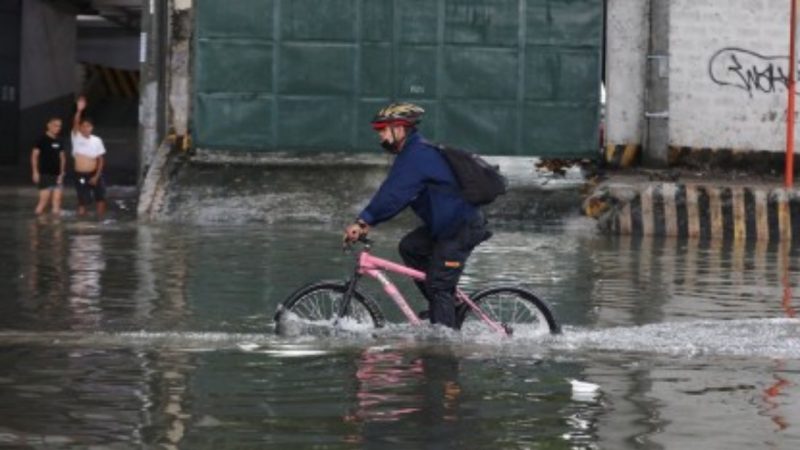MANILA – The country has logged a total of 2,168 leptospirosis cases from Jan. 1 to July 22 this year, a 52 percent increase from the 1,423 cases during the same period in 2022.
In an update, the Department of Health (DOH) said that the incidence rate of leptospirosis per 100,000 population has increased to 1.97 percent from 1.29 for the same period last year.
The number of deaths due to leptospirosis also increased to 233 from last year’s 201 from the same period.
Of 2,168 leptospirosis cases this year, Central Luzon logged 328: Cagayan Valley, 283; National Capital Region, 248; Davao Region, 205; Central Visayas, 157; Bicol Region, 123; Calabarzon, 120; 115 each from Zamboanga Peninsula and Caraga; Central Luzon, 89; North Mindanao, 84; Mimaropa, 77; Cordillera Administrative Region, 74; Eastern Visayas, 60; Cagayan Valley, 54; 32 from Soccsksargen, 32; and four from Bangsamoro Autonomous Region in Muslim Mindanao.
The DOH Guidelines for Leptospirosis for Hospitals defines the disease as a zoonotic infection, primarily an illness of domesticated and wild animals.
According to the Department of Health, leptospirosis is caused by the leptospira spirochetes that are acquired from infected urine or feces of animals such as rats that contaminate food, water and soil.
Locally, leptospirosis tends to occur frequently in flooded urban cities such as Manila. (PNA)







